Carettu, the Sicilian Сart
The Sicilian cart (locally called Carettu Sicilianu) is a two-wheeled structure used to transport goods and was widely used on the island from the early nineteenth to the mid-twentieth century. Due to motorization, carts have long lost their significance, and the art of making them was under threat of extinction. However, with the growing interest in Sicily from tourists, carts have experienced a rebirth and are now an object of applied art and a mandatory component of the local flavor.
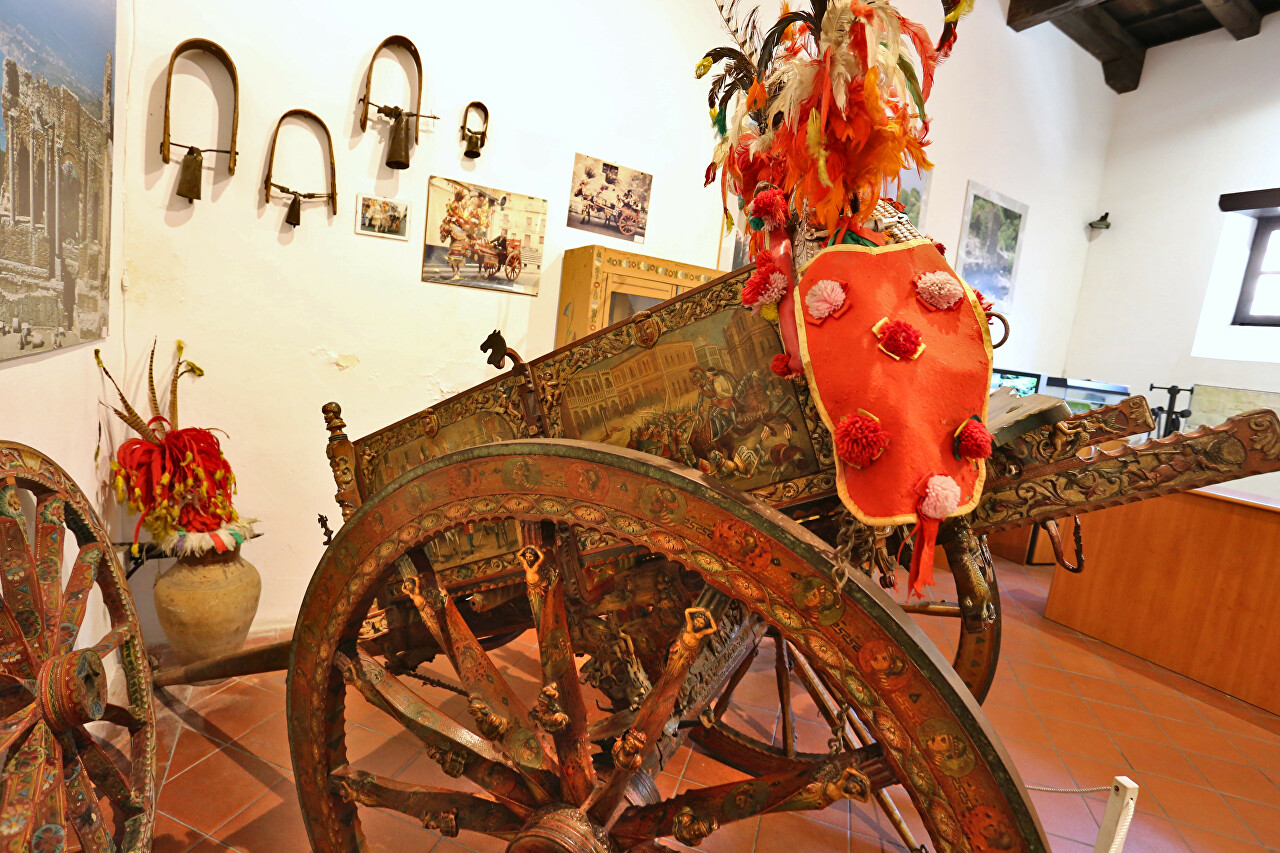
The first mention of the Sicilian cart dates back to 1833, it was left by the French writer Jean Baptiste Gonzalve de Nervo, who in 1833 spent a month on the island. This is the first of the travelers who noted the remarkable decoration of local vehicles, "on the sides of which Biblical scenes are depicted in bright colors."
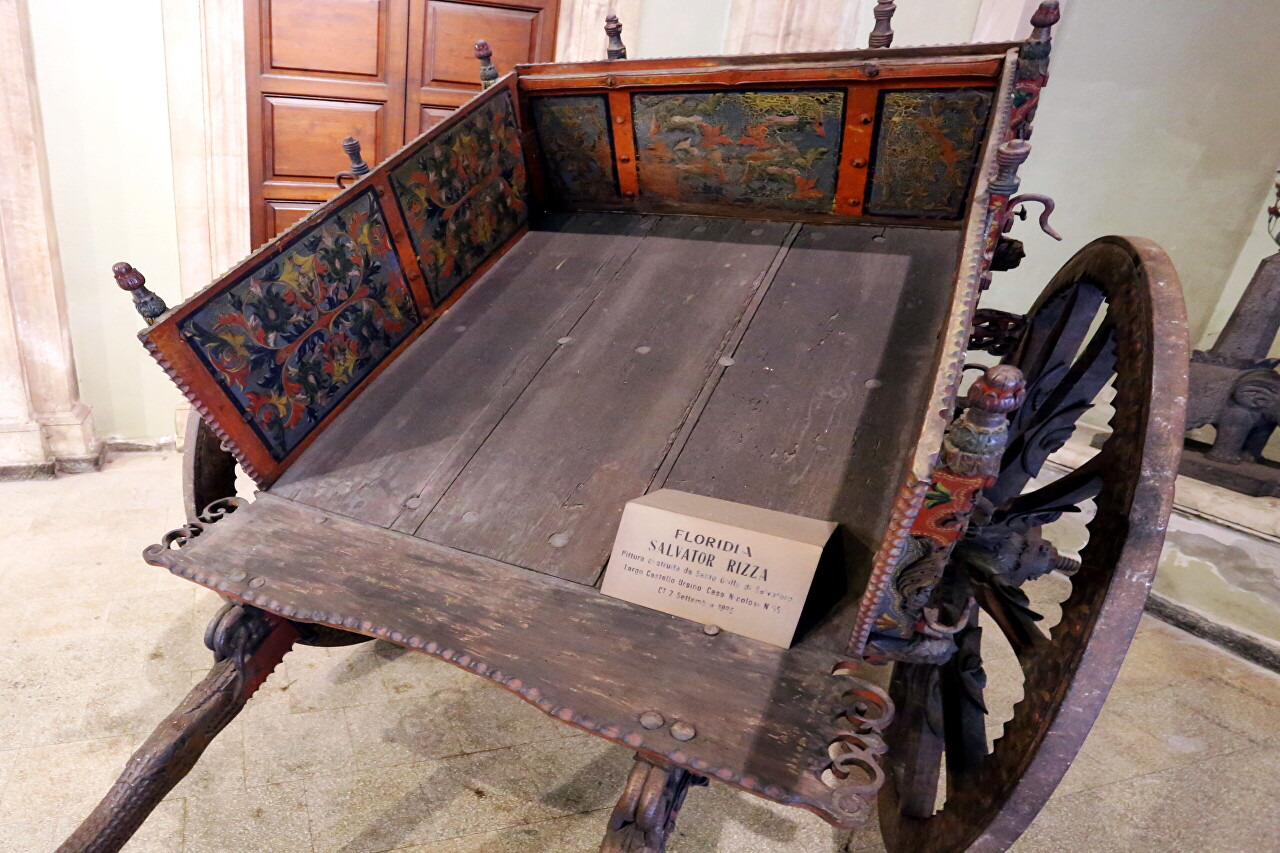
Another description belongs to the geographer Jacques Elise Reclu, also a Frenchman who visited Sicily in 1865 to observe the eruption of Mount Etna: "In Catania, carts and carts are not like in France, simple wooden structures, but are real works of art. Each of the sides in the cart is divided into two halves, forming two pictures. Yellow-gold and bright red colors dominate these paintings. For the most part, they depict religious scenes, stories from the life of Jesus or Our Lady, as well as the most revered saints in Sicily: Giovanni Battista, Rosalia or Agatha."
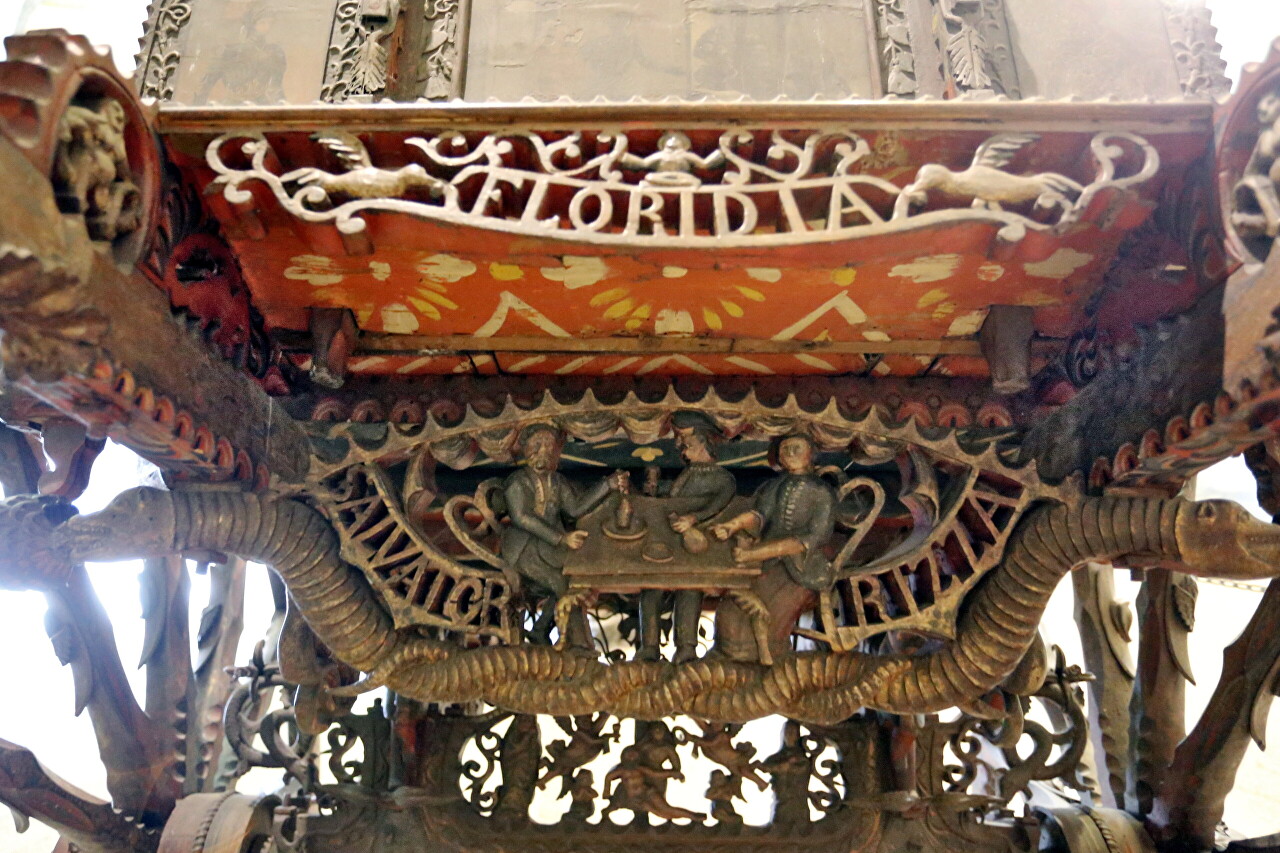
When another Frenchman, this time the well-known Guy de Maupassant, landed in Palermo in the spring of 1885, the first thing that struck him was the carts, which he called a "traveling puzzle". "These carts, small square boxes perched high on yellow wheels, are decorated with simple and at the same time very vivid paintings depicting scenes from the lives of saints, historical events, portraits of monarchs, battle scenes - mainly the battles of Napoleon I and the Crusades. Not only the sides are carved and painted, but also the shafts, and even the rims and spokes of the wheels. A horse harnessed to a cart must carry a large feather, either on its head or in place of the saddle. These colorful carriages, fun and different, move through the streets, attracting the eye and mind, They go like a puzzle that you want to solve."
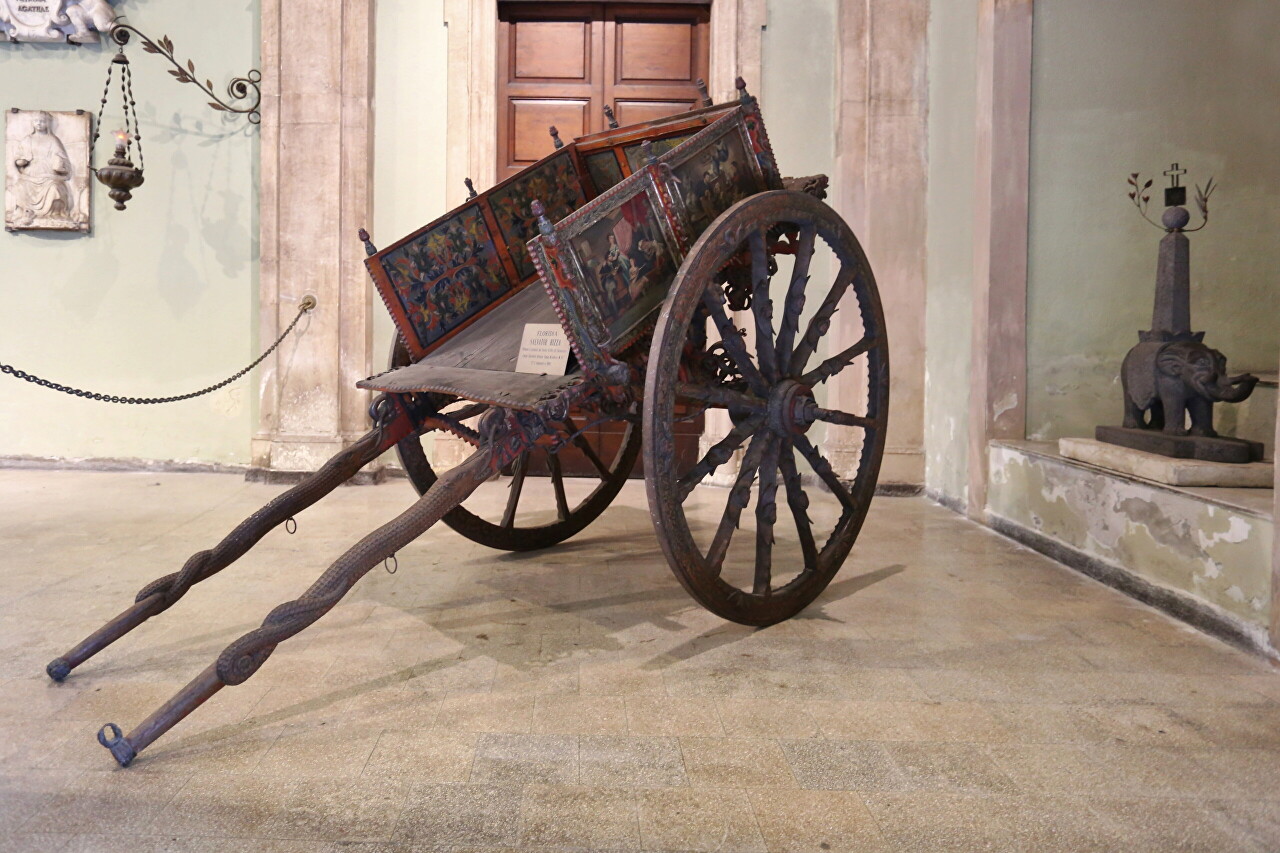
The history of the Sicilian national carts is not as ancient as it may seem - they appeared only in the early early nineteenth century. The fact is that until the end of the 18th century, there were no roads in Sicily, all trade and transportation went by sea, and pack animals were used on land. In the field, horse-drawn carts were used to transport wheat, but the wheel was not used in transport in Sicily.
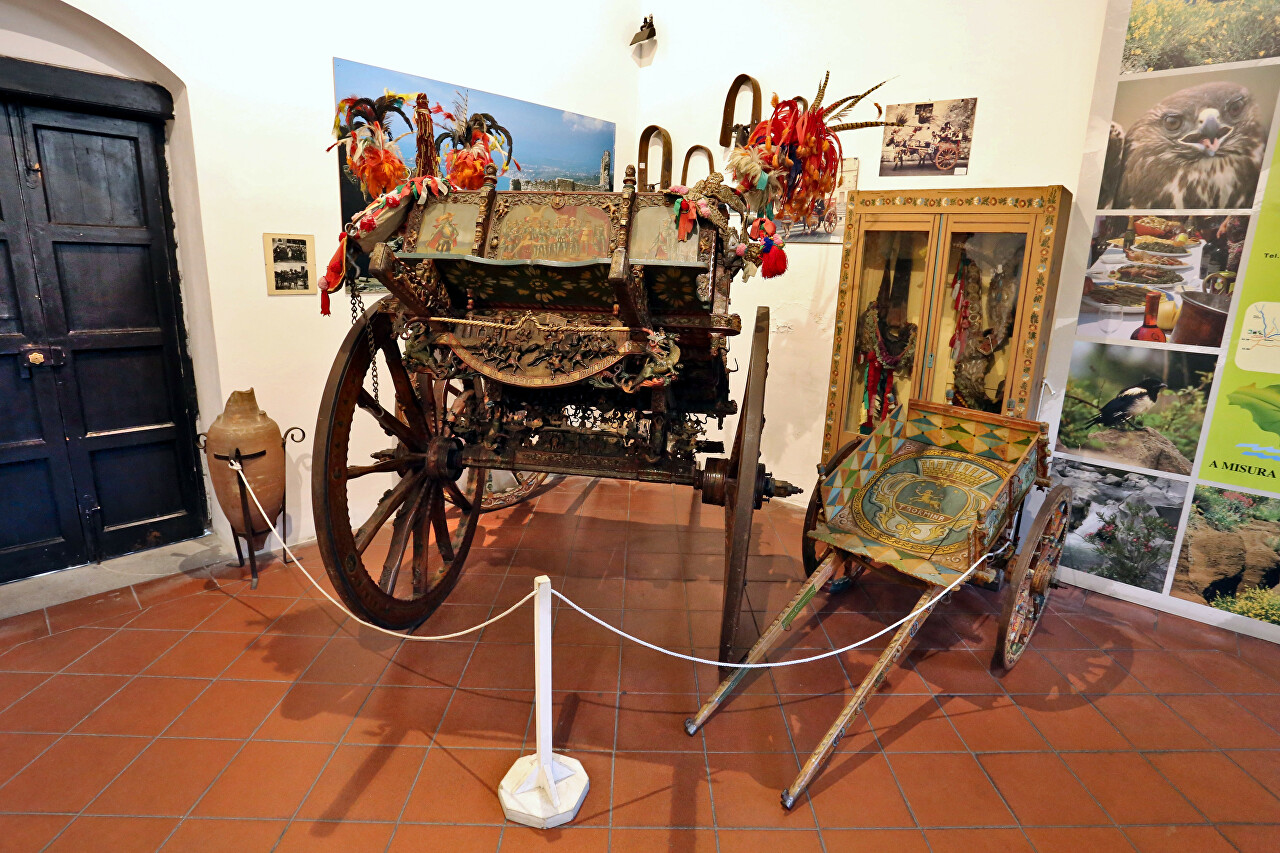
Although history has confirmed that the wheel on the island has been known since ancient times. Examples include the deep ruts of the Greek road leading to the Temple of Hercules in Agrigento, as well as the story of a certain Dantofilo from Enna, who crossed the island on low four-wheeled carts in the second century BC. During the heyday of the Roman Empire, a network of capital roads was established on the island to transport wheat to ports on the coast, but after its collapse, they fell into complete disrepair.

Only in 1778 did the Sicilian Parliament approve a special budget item of 24,000 crowns for road construction. The peak of road construction occurred during the reign of the Bourbons, during this period there were highways, the so-called Regi trazzere (Royal routes), designed not at all for the development of the economy, but for the rapid transfer of troops.

The first "royal highway" was laid from Palermo to Messina, the profile of the road, repeating the natural terrain, was full of steep slopes and sharp turns, crossed the zones of landslides, rockfalls and riverbeds. For these routes, a cart with very large wheels was created, capable of overcoming obstacles "trazzere".

Farmers quickly appreciated the convenience of moving goods using wheeled carts, and folk artists and artisans began to give each vehicle its own unique appearance, while maintaining, however, the unity of style and color scheme. Carts carried sacks of grain and legumes, citrus fruits, almonds, and wine barrels.
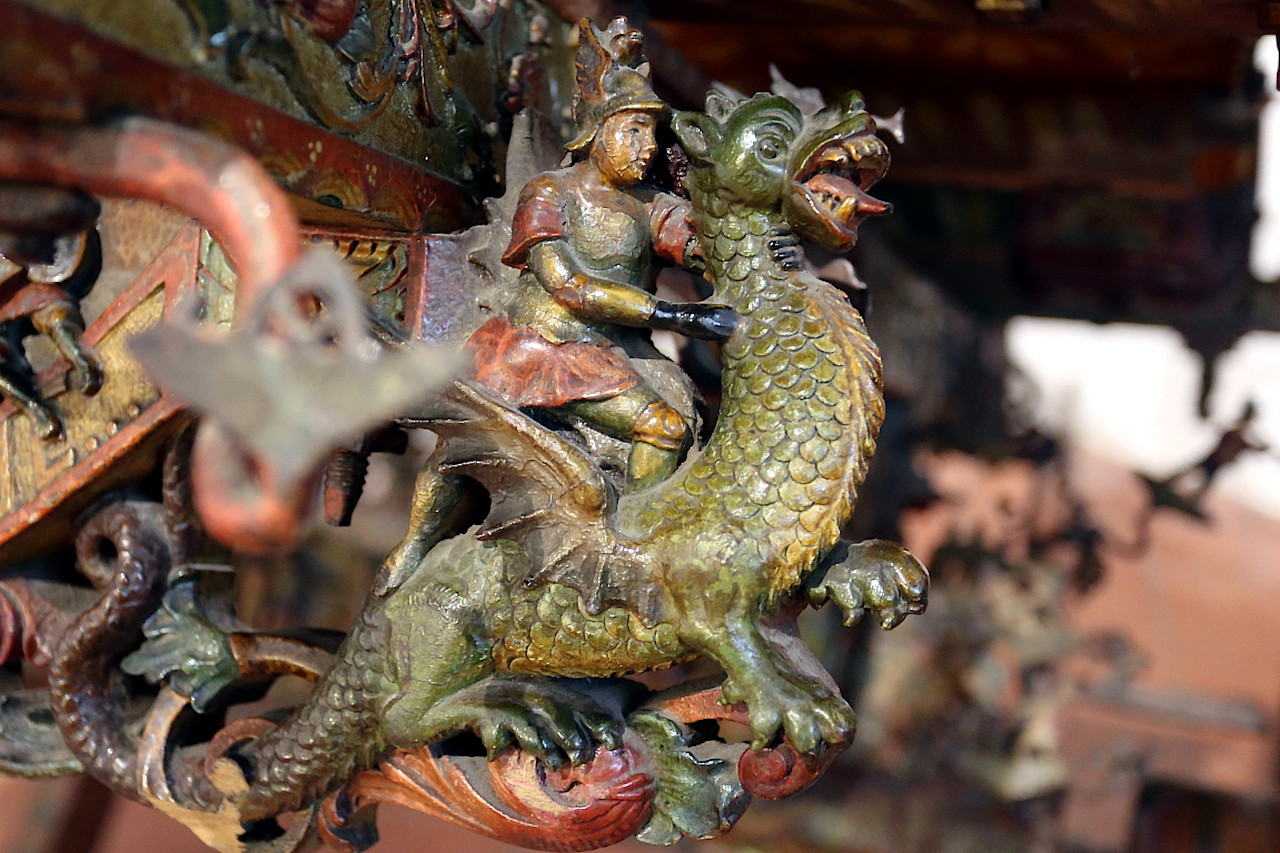
The Sicilian cart is a small but "high-tech" vehicle. Several types of wood are used in the construction - oak for the chassis, walnut and beech for carved ornaments. Religious scenes on the sides, in addition to decorative, also carried a protective function - it was believed that they drove away misfortunes. In addition to the biblical theme, the sides of the carts belonging to merchants were painted with a kind of advertising - images of goods and products that attract the attention of customers. In different regions of Sicily, the design and design have some differences - and Palermo carts have the shape of a trapezoid and are decorated with geometric ornaments on a yellow background. In Skating, the cargo platform is rectangular and the background is red.
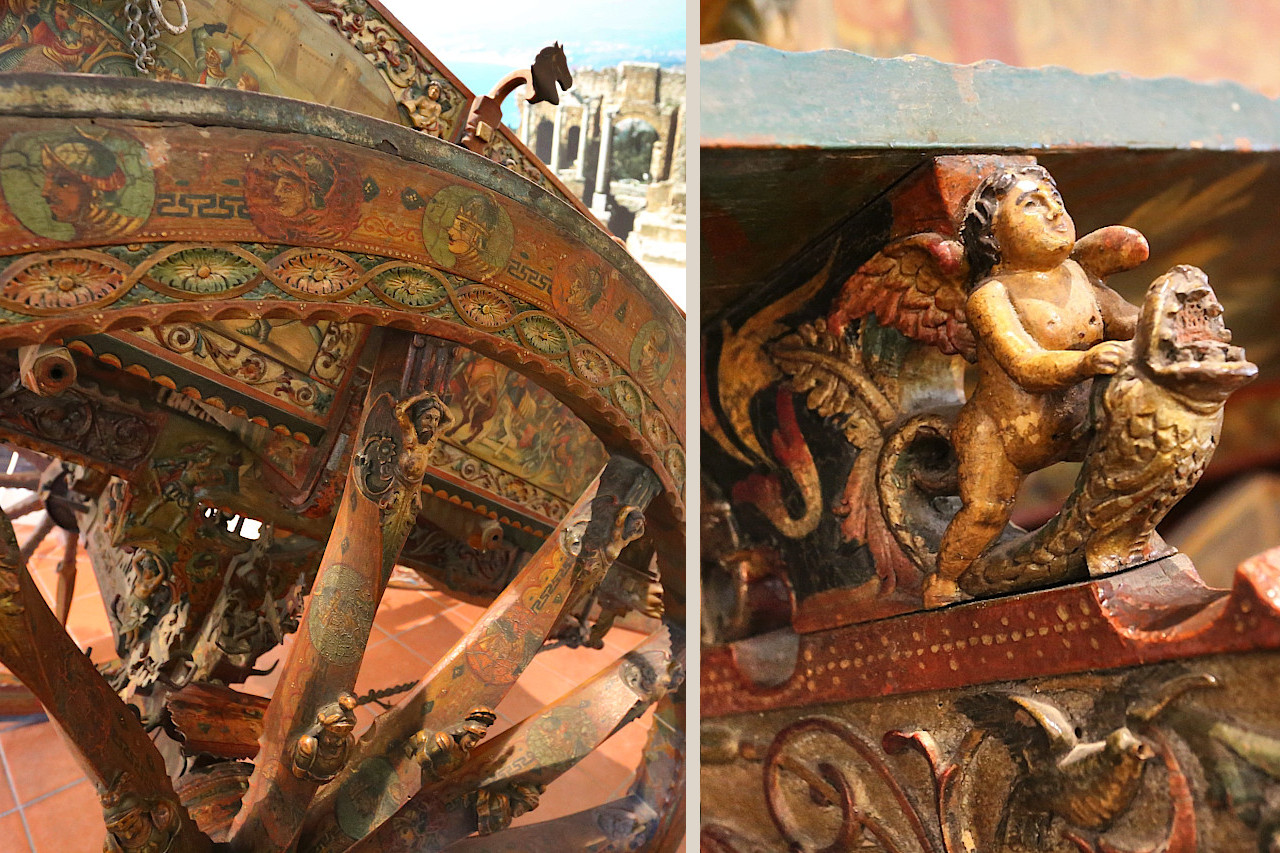
The first four photos were taken at the Elephant Palace in Catania, the next-at the Taormina information center.